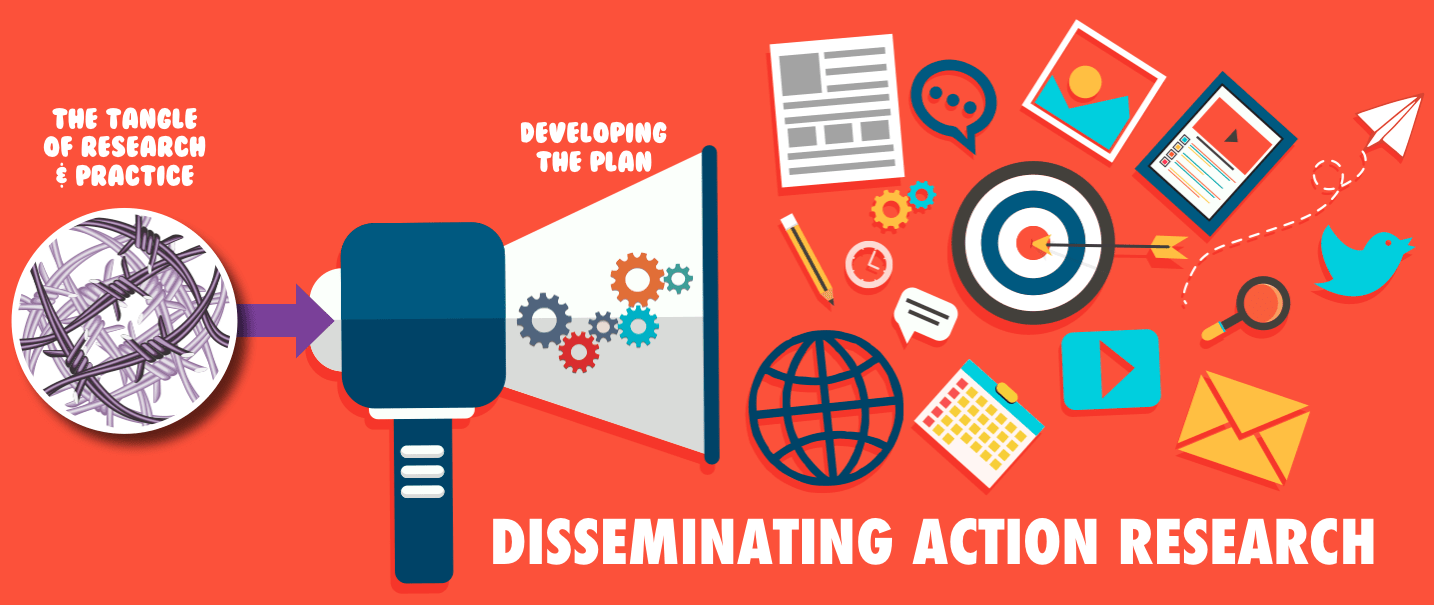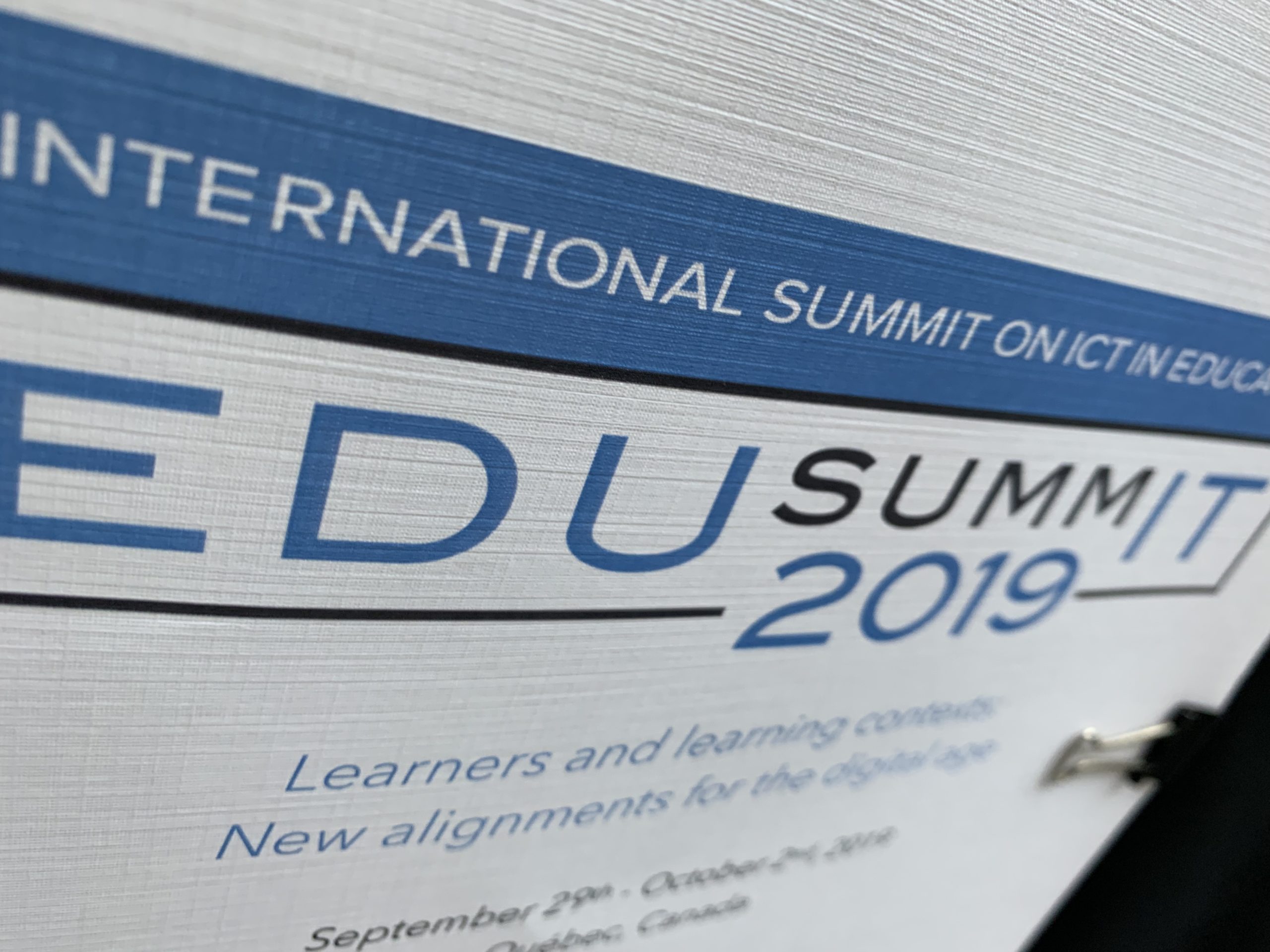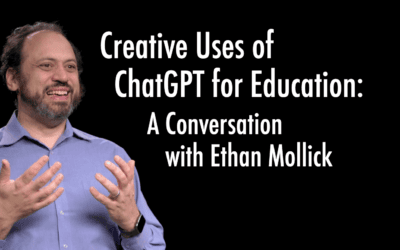The difference between theory and practice is, in theory, somewhat smaller than in practice — Frank Westphal
Knowledge is not simply another commodity. On the contrary. Knowledge is never used up. It increases by diffusion and grows by dispersion— Daniel J. Boorstin
The recently published Wiley Handbook of Action Research in Education has a chapter by Danah Henriksen and I. We were invited by our friend and colleague, Craig Mertler, to write a chapter on dissemination of action research. As Craig writes in the introduction:
The scope and focus of the Wiley Handbook of Action Research in Education includes theoretical, conceptual, and applied/practical presentations of action research as it is found and conducted solely in educational settings. Coverage and discussion have not been limited to a US perspective, but also include a cross?section of authors and presentations representing global perspectives on action research in education. In fact, the Handbook is comprised of 27 chapters, written by 34 authors, who represent seven countries and five continents from around the world.
I am thrilled to have a chapter in this handbook, particularly since action research is not an area of expertise for me. That said, Danah and I had a lot of fun writing this chapter, as we tried to bring together everything from Aristotle’s rhetorics; to Schon’s criticism of technical rationality; from Roger’s diffusion of innovation framework to current ideas about Knowledge Mobilization to provide a framework for the distribution of the findings of action research. We make the case for a range of avenues: from the traditional journal article to newer, more non-traditional avenues such as social media, and everything in between. We end the chapter as follows:
Action research has the power to make changes that allow for powerful improvements felt at the local level, and across these local contexts, there is great collective power. But this power becomes multiplicative when researchers find ways to disseminate the work and share it out for even broader impact, so that other practitioners and scholars can benefit and feel the effects too. Strategy, rhetoric, KMb, and, of course, high? quality action research processes are all part of this – bringing the world of local scholarship to meet the larger world of research and practice.
Complete citation of our article is given below:
Henriksen, D., & Mishra, P. (2019). Innovations in the Dissemination of Action Research: Rhetoric, Media, and Communication. In The Wiley Handbook of Action Research in Education. Wiley Blackwell. p. 393-414.




0 Comments